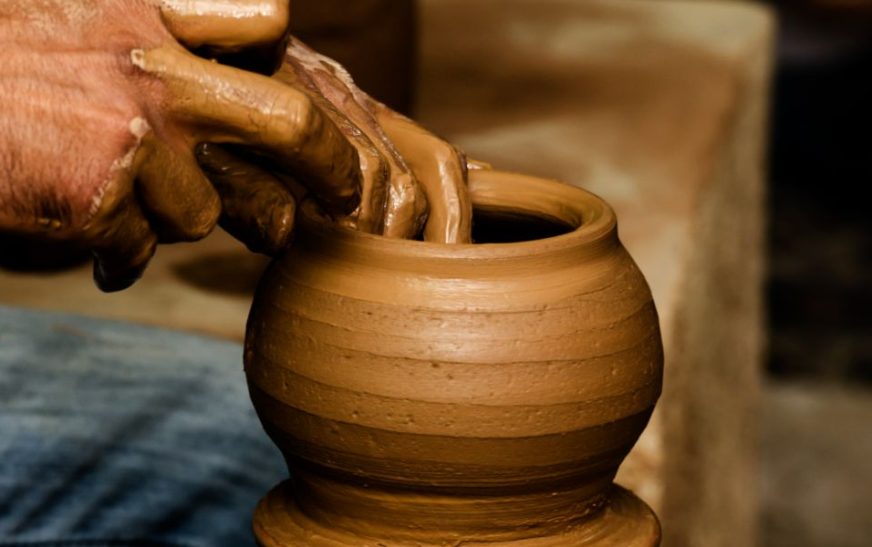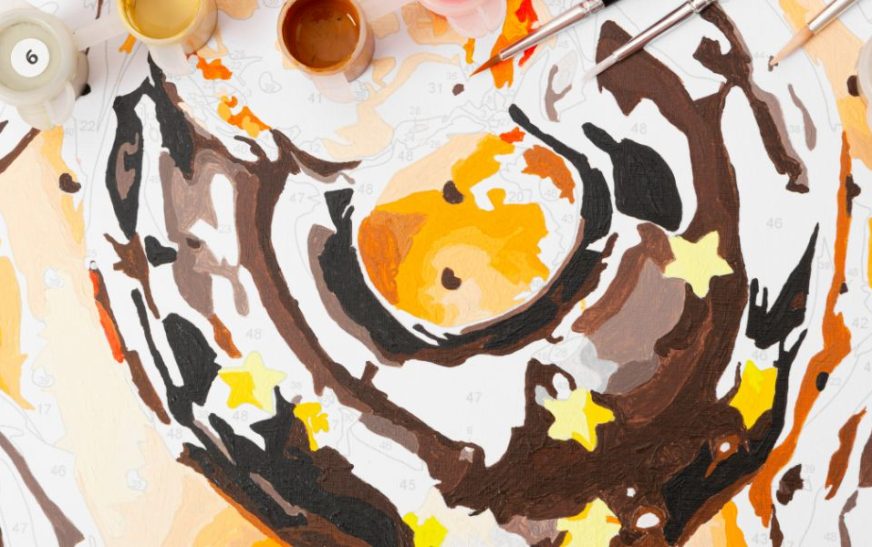In the realm where tradition meets innovation, the art of sculpting has found a new canvas in the digital age. Sculpture and pottery, though deeply rooted in history, have evolved with technology’s touch, creating a dynamic synergy between the tangible and the digital. This blog delves into the fascinating world of sculpting in the digital age, highlighting the differences between pottery and sculpture, and offering insights into the fusion of artistry and technology.
The Digital Revolution in Sculpture & Pottery
The evolution of sculpture and pottery in the digital age is nothing short of revolutionary. Traditional sculptors and potters have embraced digital tools and techniques to expand their creative horizons. With the advent of 3D printing and computer-aided design (CAD), artists can now translate their visions into tangible masterpieces with unprecedented precision. The fusion of artistry and technology has given rise to a new breed of sculptors who create intricate designs using software like ZBrush and Blender, bringing a level of detail and complexity that was previously unattainable. The digital age has opened up endless possibilities for artists, allowing them to experiment with form, texture, and color like never before.
Pottery vs. Sculpture: Understanding the Difference
While both pottery and sculpture involve the creation of three-dimensional art forms, they differ significantly in their purpose and techniques.
Pottery: A Form of Functional Art
Pottery is the art of crafting functional objects, such as bowls, vases, and plates, from clay. These creations are not merely aesthetic but also serve practical purposes. The potter’s wheel and hand-building techniques are commonly employed to shape clay into vessels that are often adorned with intricate designs and glazes.
Sculpture: The Art of Expressive Form
Sculpture, on the other hand, focuses on creating expressive, non-functional art pieces. Sculptors work with a variety of materials, including stone, wood, metal, and even digital media. They sculpt figurative or abstract forms, exploring the interplay of light, shadow, and texture to convey ideas, emotions, and stories.
The Impact of Digital Tools on Sculpture
Precision and Replication: Digital sculpting tools allow artists to create highly detailed and precise sculptures. Furthermore, they can easily replicate their work, making it accessible to a wider audience.
Exploration of Materials: Digital sculptors can experiment with different materials virtually, broadening their creative horizons without the need for physical resources.
Collaboration and Global Reach: The digital age has connected artists globally. Collaboration on projects and exhibitions is now easier than ever, fostering cross-cultural creativity.
Sculpture Conservation: Digital technology plays a crucial role in preserving and restoring historical sculptures, ensuring their longevity.
Navigating the Digital Landscape
In this age of digital sculpting, it’s essential for artists to master a variety of software tools and techniques. Sculptors often use Houdini for procedural modeling, Rhino for 3D printing, and Substance Painter for texture mapping. The digital landscape offers a diverse array of mediums, each with its unique advantages for sculptors to explore.
Sculpting for the Future
The fusion of artistry and technology in the digital age has opened up a world of possibilities for both traditional and digital sculptors. As we move forward, we can expect to see even more groundbreaking innovations in the field. From interactive digital sculptures to virtual reality art experiences, the future of sculpting promises to be both exciting and transformative.
Final Words
In the digital age, sculpting has transcended its traditional boundaries, offering artists a limitless realm of creative potential. Whether you’re a seasoned sculptor or an art enthusiast, the fusion of artistry and technology has unlocked new horizons for exploration and expression. Embrace the digital age, and let your artistic vision flourish like never before.
Commonly Asked Questions
1. What software do digital sculptors use?
Digital sculptors often use software like ZBrush, Blender, Houdini, and Substance Painter for their creative work.
2. How has 3D printing impacted the world of sculpture?
3D printing has revolutionized sculpture by enabling artists to create intricate, precise, and easily replicable pieces with a level of detail that was previously unattainable.
3. What distinguishes pottery from sculpture?
Pottery involves crafting functional objects, while sculpture focuses on creating expressive, non-functional art forms that convey ideas, emotions, and stories.
4. How has the digital age expanded the reach of sculptors?
The digital age has allowed sculptors to collaborate globally, experiment with various materials virtually, and even participate in the preservation and restoration of historical sculptures.
5. What can we expect from the future of sculpting in the digital age?
The future of sculpting promises even more innovations, including interactive digital sculptures and virtual reality art experiences, expanding the horizons of artistic expression.


























